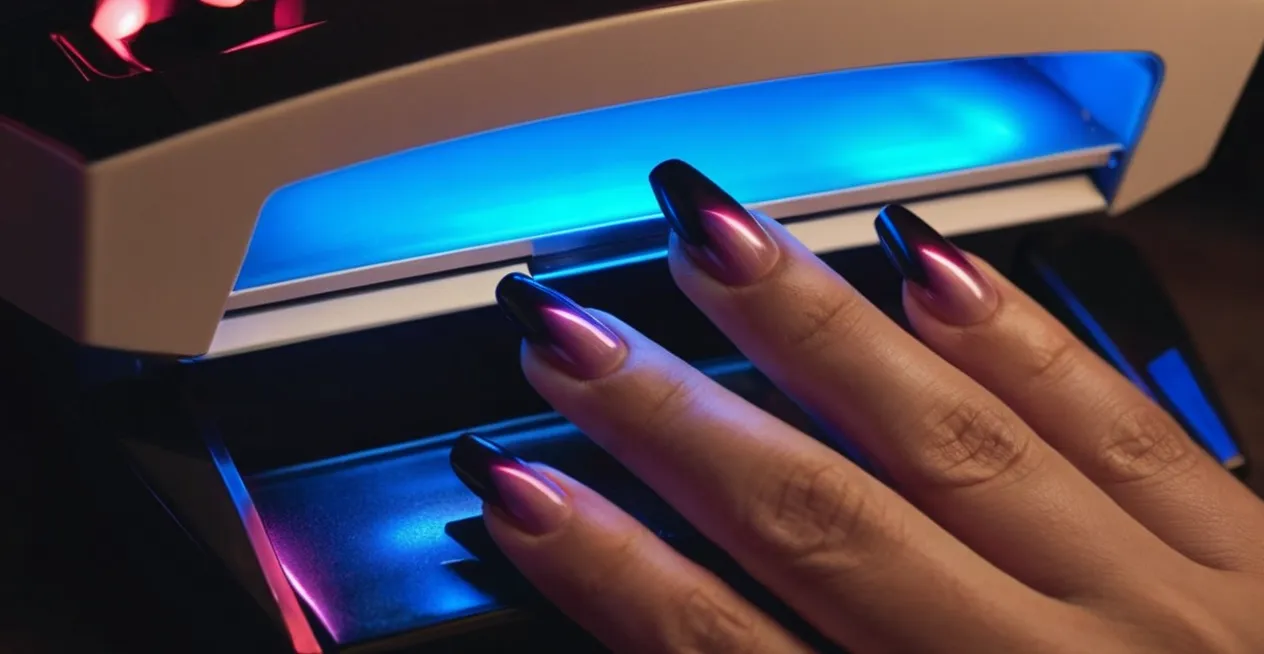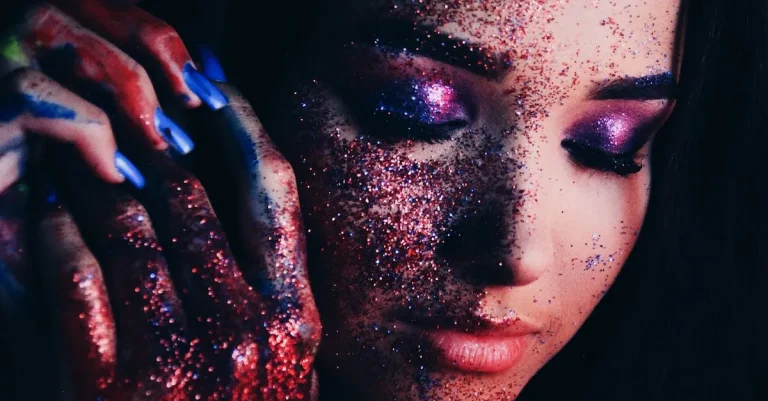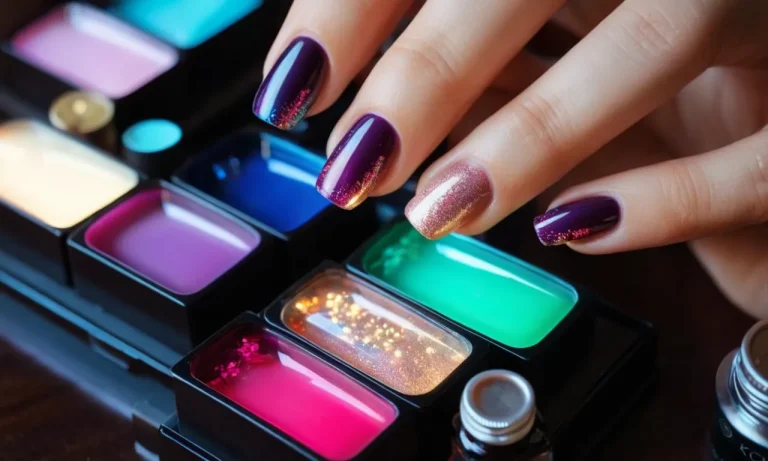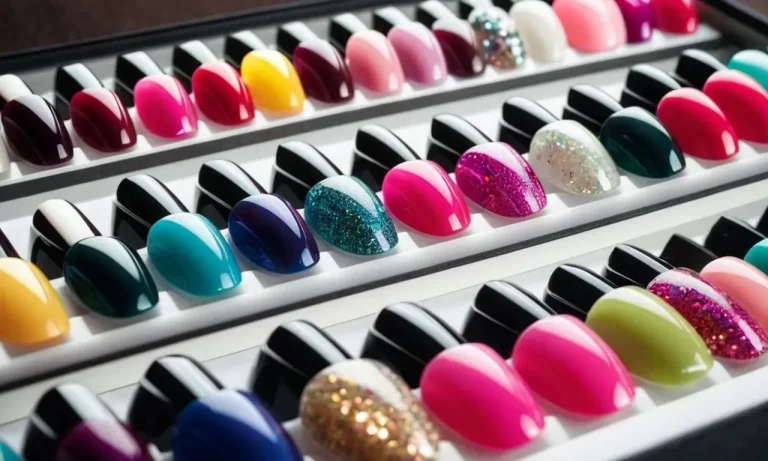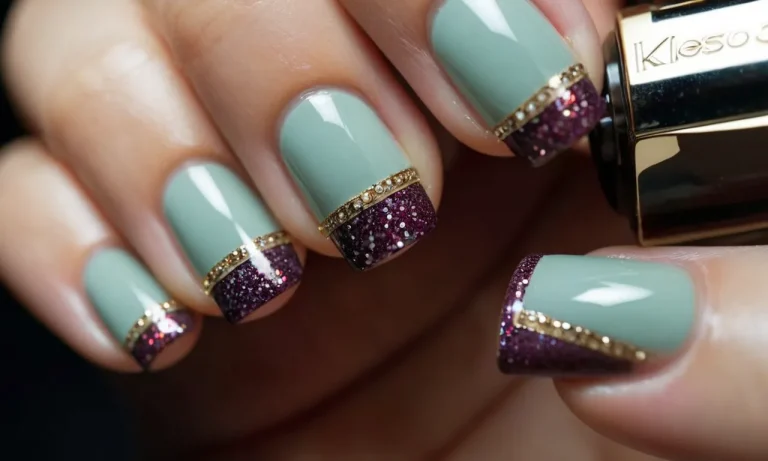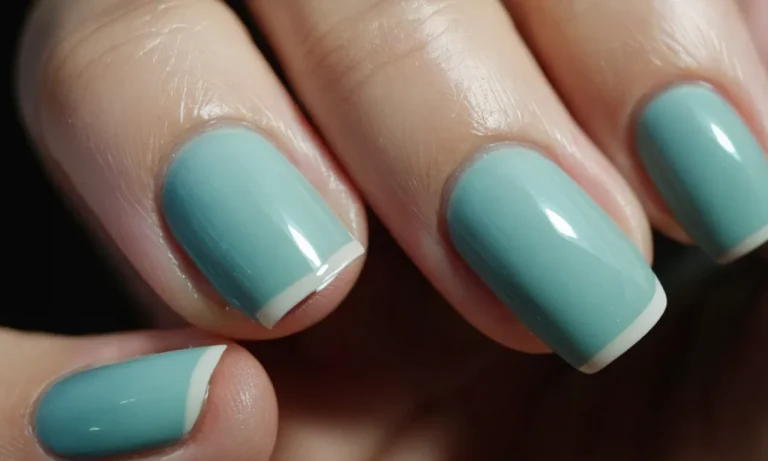Are Uv Nail Lamps Safe? A Detailed Look At The Evidence
With the rising popularity of gel manicures that require curing under UV lamps, many people are concerned about the safety of these devices. Can the radiation from these lamps cause cancer or other harm? Let’s examine the evidence.
If you’re short on time, here’s a quick answer: According to scientific studies and major health organizations like the FDA and American Cancer Society, occasional use of UV nail lamps does not significantly raise skin cancer risk for most people.
However, some experts recommend taking precautions like applying broad spectrum sunscreen on hands before using the lamps.
How Do UV Nail Lamps Work?
About UV Radiation
UV nail lamps use a specific type of ultraviolet light called UVA to cure or harden gel polish and other gel nail enhancements. UVA rays have longer wavelengths and lower energy compared to other types of UV rays like UVB and UVC.
This makes UVA safer for use on human skin and nails (though prolonged exposure can still cause damage).
The gel polish and gel nail enhancements applied at salons contain photoinitiators – special chemicals that react and harden when exposed to UVA light. When you place your hands under the UV lamp after getting a gel manicure, the photoinitiators absorb the UVA rays, causing polymerization – a chemical reaction that transforms the gel from a soft liquid state to a hard, durable finish.
Most modern UV nail lamps use LED bulbs that emit a very targeted range of UVA light between 365-405 nm. This narrow spectrum allows the bulb to focus specifically on the wavelengths needed to cure gel polish and gels.
Types of UV Lamps Used
There are three main types of UV lamps used in nail salons:
- UV LED lamps – These are the most common. As mentioned above, LED bulbs emit a very specific UVA wavelength to efficiently cure gel polish. LED lamps generally cure gel polish in 30 seconds or less.
- UV CFL lamps – CFL stands for compact fluorescent lamp. These UV lamps use fluorescent bulb technology to emit broad spectrum UVA light. They take a bit longer to cure gel polish – up to 2 minutes.
- UV CCFL lamps – CCFL means cold cathode fluorescent lamp. CCFL UV lamps use electrodes to excite mercury vapor which produces UVA light. Like CFL lamps, they emit a broad spectrum, but have a quicker cure time of around 30 seconds.
No matter what type of UV lamp is used, the underlying technology is the same – using targeted UVA light to initiate polymerization of photoinitiators in gel nail products. This hardens the gel for a smooth, glossy, chip-resistant manicure.
Evidence on Cancer Risks of UV Nail Lamps
Risk Depends on Frequency of Use
Research shows that the risk of developing cancer from exposure to UV nail lamps depends greatly on how often someone uses them. Occasional personal use seems to pose little danger, while frequent occupational exposure for nail salon workers may raise concerns.
A key factor is the strength and duration of UV ray exposure. Typical UV nail lamps use relatively low-power bulbs, emitting less UV radiation than tanning beds. However, with repeated frequent sessions, radiation can accumulate over time.
Little Cancer Risk for Occasional Users
For the average person who gets gel manicures every month or two, health risks seem minimal according to studies so far. One 2017 study found a tiny increase in skin cancer risk for women who had used UV nail lamps at least 10 times in their lives.
But researchers characterized these occasional personal uses as “very low risk.” Getting your nails done once a month likely has less UV exposure than typical incidental sun exposure. Experts say wearing sunscreen and hats are far more vital precautions.
Higher Risks for Frequent Salon Workers
More concern exists for professionals like nail technicians with frequent occupational exposure. One study found a higher skin cancer rate among Vietnamese nail salon workers compared to the general public.
However, chemical exposures may also play a role in those elevated risks. Further research specifically on UV nail lamps is still needed. But precautions like wearing UV-protected gloves, taking breaks, and using lower UV or LED lamps could help reduce risks.
Additionally, a recent 2022 study detected damage and gene mutations related to cancer development in skin cells exposed to UV nail lamps. While more research is required, this may indicate UV nail lamps do have cancer-causing potential with excessive use.
Other Potential Risks and Safety Concerns
Skin Aging and Damage
There is some evidence that the UV rays from nail lamps can cause premature skin aging and damage over time with repeated exposure. The skin on the hands and around the nails is particularly vulnerable.
Studies have shown UV nail lamps can reduce skin elasticity, cause wrinkles, dark spots, and keratosis on the hands and nails after long-term or high-dose exposure.
However, most experts believe occasional or limited use of UV nail lamps in salons is low risk for most people. But technicians who give multiple manicures per day could face higher risk. Using SPF gloves and hand creams can provide protection.
Eye Damage
There have been concerns that UV nail lamps could harm unprotected eyes or cause conditions like cataracts or macular degeneration over time. But several studies have found modern LED nail lamps emit fairly low UV levels – probably not enough to cause eye issues, especially with limited or occasional exposure.
Still, looking directly at the lamp should be avoided. UV-blocking eyewear can provide protection for those who get frequent manicures. The skin around the eyes may also be vulnerable to possible premature aging from UV light.
Allergic Reactions
Gel polish, acrylics, and nail glues contain chemicals like methacrylates. These can trigger skin reactions in those with sensitivities – red, itchy, swollen, cracked, or peeling skin around the nails and fingers has been reported after manicures.
Allergies are often noticed after multiple exposures, rather than from a one-time manicure. People with very sensitive skin may wish to avoid chemical manicures altogether or choose plant-based gel alternatives. Be sure to mention any reactions to nail technicians.
Sanitation Issues
Reusable metal nail files, buffers, and foot baths in salons can harbor bacteria and fungi when not properly disinfected between clients. Unsanitary tools have been linked to infections like paronychia (nail bed inflammation), onychomycosis (nail fungus), warts, and even serious spreading conditions.
Make sure your nail salon properly cleans all tools and foot baths, replaces buffer blocks between clients, and uses disposable items when possible. Technicians should wash hands between clients and wear gloves during manicures.
Precautions and Safety Tips for Using UV Nail Lamps
Limit Frequency of Use
Getting gel manicures too often can increase your exposure to UV light. Stick to getting gels every 2-3 weeks instead of weekly to reduce potential risks (American Skin Cancer Foundation). Also, limit your gel manicure appointments to 30 minutes or less.
Apply Sunscreen
Apply broad spectrum SPF 30+ sunscreen to hands 20 minutes before a gel manicure to protect skin from UV exposure (American Academy of Dermatology). Reapply after the appointment.
Wear UV-Blocking Gloves
Many salons provide fingerless UV gloves to clients. Make sure to use them during the curing process to shield most of the top of your hands.
Protect Eyes
UV lamps emit UV radiation so it’s crucial to protect eyes. Salons should provide UV-blocking goggles – make sure to wear them during gel polish curing (Allure). Avoid looking directly at the light.
Look for Safer Lamp Options
Newer LED or 8 watt lamps generate less UV radiation than traditional 36 watt UV lamps (NAILS Magazine). Ask your salon if they use the safer LED lamps.
Ensure Proper Sanitation at Salons
Unsanitary practices at nail salons can lead to infections or even cause nail fungus. Make sure tools are properly cleaned and sterilized between clients. Technicians should wash hands and wear gloves. Consider bringing your own nail file and tools.
Conclusion
While occasional personal use of UV nail lamps presents low risk for most people, frequent or improper use does carry hazards like skin damage and potential skin cancers. Following basic safety precautions like wearing sunscreen, UV gloves, and eye protection can help reduce any risks.
By understanding the facts around UV nail lamp risks and taking simple precautions, you can safely enjoy the convenience and artistry of gel manicures.

